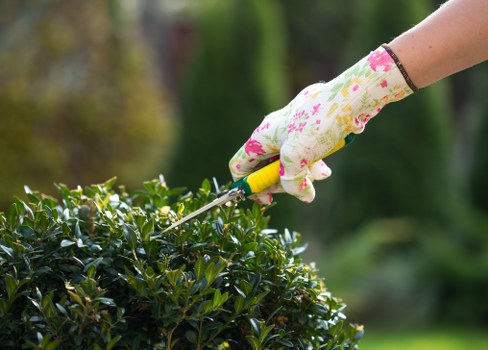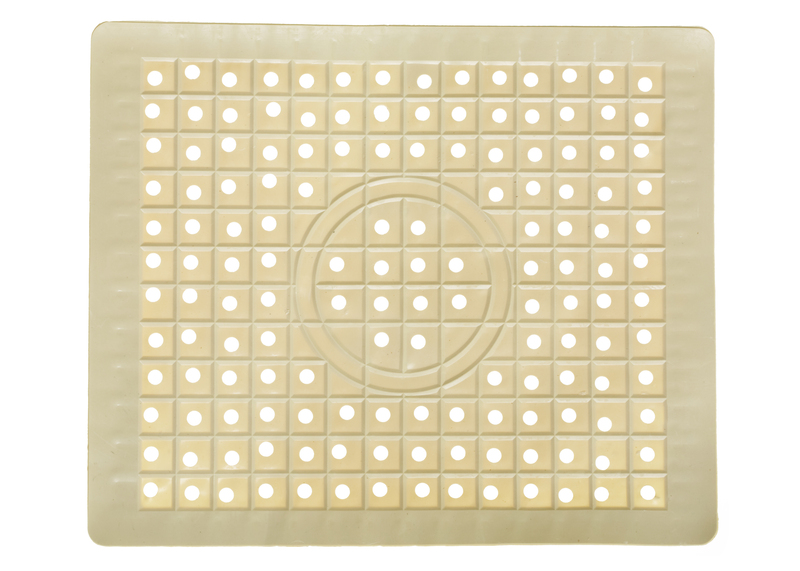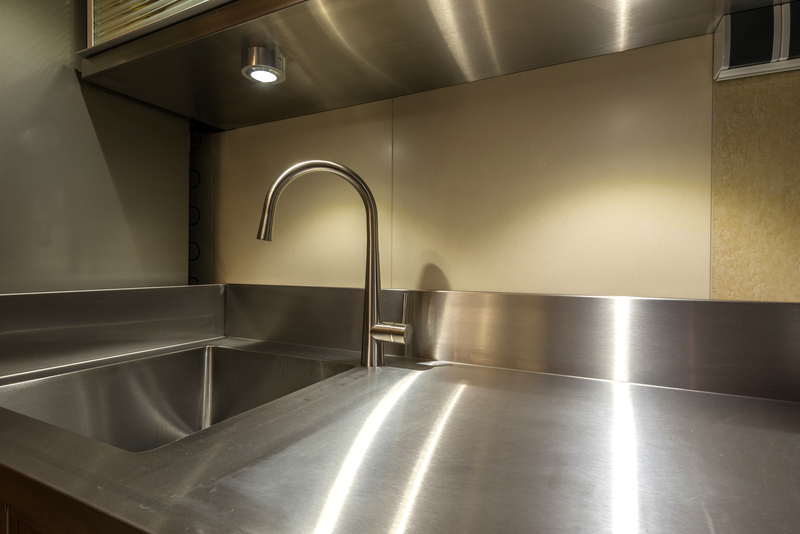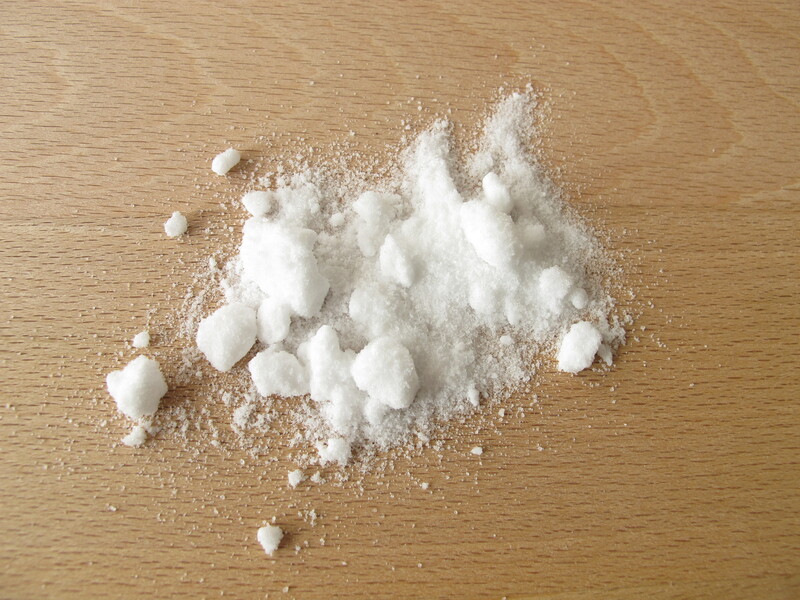Maintaining Cleanliness in Rainy London
 Rainy London presents unique challenges for maintaining cleanliness across the city. The persistent drizzle can exacerbate littering, mud accumulation, and general urban grime, making cleaning rainy London a crucial task for local authorities and residents alike. Effective strategies are essential to ensure that the city remains vibrant and livable despite the wet weather.
Rainy London presents unique challenges for maintaining cleanliness across the city. The persistent drizzle can exacerbate littering, mud accumulation, and general urban grime, making cleaning rainy London a crucial task for local authorities and residents alike. Effective strategies are essential to ensure that the city remains vibrant and livable despite the wet weather.
One of the primary issues during the rainy season is the increased runoff from streets. This runoff can carry debris, trash, and pollutants into the waterways, posing environmental hazards. Implementing robust drainage systems and regular street cleaning can mitigate these effects, ensuring that Rainy London remains clean and its waterways protected.
Community involvement plays a significant role in cleaning rainy London. Encouraging residents to participate in local clean-up initiatives not only fosters a sense of responsibility but also enhances the effectiveness of cleanliness efforts. Volunteer groups can organize regular events to tackle litter and maintain public spaces, making a tangible difference in the city's appearance.
 Advanced cleaning technologies are revolutionizing the way Rainy London manages its sanitation needs. High-efficiency street sweepers equipped with water jets can effectively remove mud and debris, reducing the reliance on manual labor and increasing overall efficiency. These machines are essential tools in the city's arsenal against the challenges posed by incessant rain.
Advanced cleaning technologies are revolutionizing the way Rainy London manages its sanitation needs. High-efficiency street sweepers equipped with water jets can effectively remove mud and debris, reducing the reliance on manual labor and increasing overall efficiency. These machines are essential tools in the city's arsenal against the challenges posed by incessant rain.
Public awareness campaigns are also vital in the quest for a cleaner Rainy London. Educating citizens about the importance of proper waste disposal and the impact of littering during wet conditions can lead to more conscientious behaviors. Informative signage and community programs can reinforce these messages, promoting a cleaner environment.
Furthermore, the implementation of green infrastructure can aid in managing the effects of heavy rainfall. Green roofs, permeable pavements, and rain gardens not only enhance the aesthetic appeal of the city but also contribute to effective water management. These features help absorb excess rainwater, reducing runoff and minimizing the spread of contaminants.
 The role of local businesses in cleaning rainy London cannot be overstated. Establishments can adopt eco-friendly practices such as proper waste segregation, using biodegradable materials, and minimizing single-use plastics. By taking these steps, businesses contribute to the overall cleanliness and sustainability of the urban environment.
The role of local businesses in cleaning rainy London cannot be overstated. Establishments can adopt eco-friendly practices such as proper waste segregation, using biodegradable materials, and minimizing single-use plastics. By taking these steps, businesses contribute to the overall cleanliness and sustainability of the urban environment.
Innovative solutions like smart waste management systems are being introduced to streamline the process of keeping Rainy London clean. These systems use sensors and data analytics to optimize garbage collection routes and schedules, ensuring that waste is efficiently managed even during peak rainfall periods.
In addition to technological advancements, fostering a culture of cleanliness is essential. Celebrating success stories and recognizing the efforts of individuals and organizations involved in maintaining Rainy London can motivate continued participation and support for cleanliness initiatives.
 Sustainable maintenance practices are at the forefront of cleaning rainy London. Utilizing environmentally friendly cleaning agents and recycling materials wherever possible helps reduce the ecological footprint of sanitation efforts. These practices ensure that the city's cleanliness initiatives are aligned with broader sustainability goals.
Sustainable maintenance practices are at the forefront of cleaning rainy London. Utilizing environmentally friendly cleaning agents and recycling materials wherever possible helps reduce the ecological footprint of sanitation efforts. These practices ensure that the city's cleanliness initiatives are aligned with broader sustainability goals.
 Ultimately, the success of Cleaning Rainy London hinges on the collaborative efforts of government bodies, businesses, and residents. By working together and adopting comprehensive strategies, London can overcome the challenges posed by its rainy climate and maintain a clean, healthy, and attractive environment for all.
Ultimately, the success of Cleaning Rainy London hinges on the collaborative efforts of government bodies, businesses, and residents. By working together and adopting comprehensive strategies, London can overcome the challenges posed by its rainy climate and maintain a clean, healthy, and attractive environment for all.














